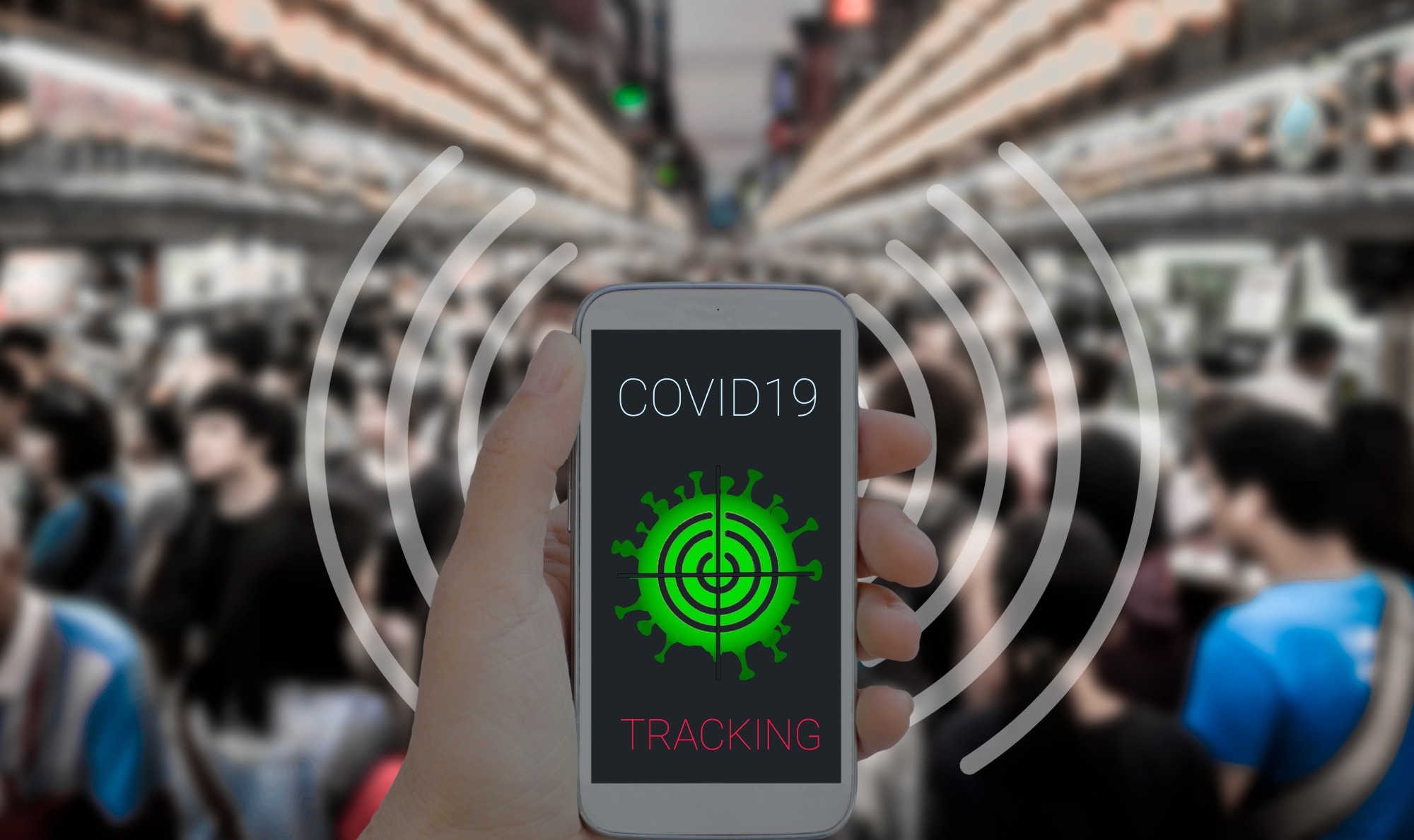A recent Nature journal study analyzed over seven million data points from the National Health Service (NHS) coronavirus disease 2019 (COVID-19) app to understand how app measurements can be translated to actual infections.
 Study: Digital measurement of SARS-CoV-2 transmission risk from 7 million contacts. Image Credit: No-Mad / Shutterstock.com
Study: Digital measurement of SARS-CoV-2 transmission risk from 7 million contacts. Image Credit: No-Mad / Shutterstock.com
Background
Non-pharmaceutical measures were widely deployed throughout the recent COVID-19 pandemic to mitigate the spread of the severe acute respiratory syndrome coronavirus 2 (SARS-CoV-2); however, many of these approaches were associated with significant social and economic costs.
Methods to quantify risk factors for vial transmission are needed to optimize these interventions. Despite the availability of data, few risk assessments at the individual level have been conducted.
Contact tracing apps helped digitize the process of contact tracing based on a distance of two meters and time of exposure, which was about 15 minutes. These apps could be useful in estimating the risks of infection transmission; however, they should be evaluated regularly to augment their functionality.
Over 20 million notifications and quarantine requests in the United Kingdom were sent through digital and manual contact tracing. Fine-tuning guidelines for quarantine and contact tracing could have markedly reduced socioeconomic costs.
About the study
In England and Wales, digital contact tracing was implemented through the NHS COVID-19 app. This study merged data obtained from the app with data on whether an individual subsequently tested positive for SARS-CoV-2 to show variations in the probability of transmission concerning app-recorded measurements.
Between April 2021 and February 2022, seven million exposure notifications were analyzed, which included 240,000 positive tests and 23 million hours of total exposure.
The NHS COVID-19 app predicted a meaningful epidemiological risk score based on duration and proximity of exposure. This approach also revealed how duration and proximity impacted the real probability of transmission.
Key findings
The duration of exposure strongly correlated with the likelihood of infection and the cumulative and maximum risk scores measured by the NHS COVID-19 app. Concerning proximity, the app's risk score reflected the transmission probability. Overall, these results are very positive about the accuracy of the NHS COVID-19 app and encourage future development of similar tools.
The cumulative duration of exposure was a key predictor of SARS-CoV-2 transmission and should be considered when preparing for future respiratory viral outbreaks. The duration of exposure should also be included in manual contact tracing interviews. Beyond detecting predictors of infection, the current study aids in the optimization of different epidemic management strategies and public health outcomes.
The population distribution of risk determines the efficacy of epidemic control measures. Exposures are mostly short and low-risk encounters; however, transmissions can be driven by exposures in a wide risk interval from an hour up to several days.
Conclusions
Contact tracing apps could offer an approach to support quantitative epidemiological studies and reduce transmission events. Translating the current study findings to the development of improved interventions should be prioritized as the world prepares for future epidemics.
A fundamental limitation of this study is the absence of information concerning the context of exposure, such as level of ventilation, immunity, and setting. The reported risks are averages over these factors; however, each of these factors could impact the true risk in different ways.
This type of contextual data can be obtained through interviews conducted in manual tracing. Accurate recording and the use of direct or indirect information in the context of exposures could also significantly improve risk assessment.
A second limitation involved the inclusion of exposures and the app's threshold of risk scores. In this study, only those exposures where the risk score exceeded the app's threshold were considered, whereas transmissions from a large number of very low-risk exposures were excluded. While these exposures are not expected to cause an epidemic, they could have significantly contributed to spreading SARS-CoV-2 infection in specific settings.
Furthermore, contacts didn't need to test for infection, which meant that case numbers were likely under-reported. Caution should be exercised when interpreting absolute transmission rates. Certain behavioral biases, such as a higher likelihood of getting tested after learning that a close contact had tested positive for SARS-CoV-2, may have also impacted the results.
Journal reference:
- Ferretti, L., Wymant, C., Petrie, J., et al. (2023) Digital measurement of SARS-CoV-2 transmission risk from 7 million contacts. Nature. doi:10.1038/s41586-023-06952-2.